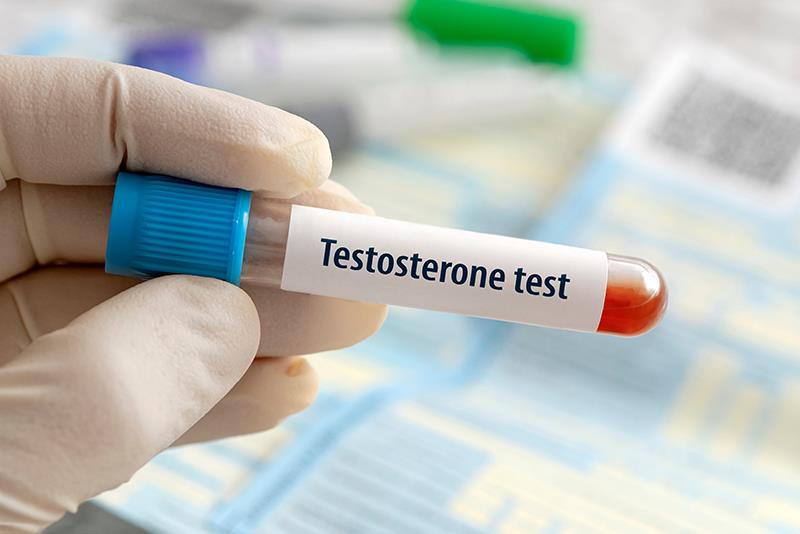Testosterone recovery after ADT tied to improved OS in prostate cancer





Testosterone recovery to a normal level appears predictive of improved overall survival (OS) among men with intermediate-risk prostate cancer who underwent androgen-deprivation therapy (ADT) and radiation therapy (RT), suggests a study.
“In intermediate-risk prostate cancer patients treated with short-term ADT and RT, testosterone recovery to a normal level is associated with a significant improvement in OS,” said lead author Dr Abdenour Nabid from the Centre Intégré Universitaire de Santé et de Services Sociaux de l'Estrie, Centre Hospitalier Universitaire de Sherbrooke, Department of Radiation Oncology, Sherbrooke, Canada.
Four hundred men treated with ADT for 6 months and prostate RT were included in this analysis. Nabid and his team measured serum testosterone at baseline and then regularly. Testosterone recovery was defined as a return of testosterone to within the normal range value of each participating institution, regardless of whether it was initially normal or abnormal.
Nineteen patients were excluded from the analysis, of whom two did not receive exactly 6 months of ADT, and 12 had no testosterone data available at baseline or during follow-up.
Using the log rank test, Nabid and colleagues compared OS between patients who recovered testosterone to normal levels after ADT and those who did not. They also performed a multivariable analysis to predict OS using the following variables: normal testosterone recovery, age, Zubrod score, comorbidities (ie, previous cardiac disease, high blood pressure, diabetes, chronic obstructive pulmonary disease), baseline prostate-specific antigen (PSA), Gleason score, stage, and prostate dose of RT.
Men who experienced testosterone recovery to a normal level tended to be younger, have higher PSA, and have less diabetes at baseline. The results reported had a median follow-up of 15.3 years. [EAU 2025, abstract A0617]
A total of 4,813 testosterone measurements were available over a period of 23 years. Of the 386 eligible patients, 295 (76.4 percent) recovered testosterone to normal levels after 6 months of ADT. The median time to testosterone recovery was 1.64 years.
Mortality risk
For patients with testosterone recovery, the 10- and 15-year OS rates were 77 percent and 53 percent, respectively. These rates were significantly higher than for those who did not achieve testosterone recovery to a normal level, with corresponding OS rates of 60 percent and 30 percent (p<0.001). When considering the global hazard ratio (HR), patients with testosterone recovery had a 47-percent lower risk of death (HR, 0.53, 95 percent confidence interval [CI], 0.39–0.73; p<0.001).
Multivariate analyses confirmed the substantial influence of testosterone recovery in mortality risk (HR, 0.63, 95 percent CI, 0.45–0.87; p=0.006). On the other hand, the time to testosterone recovery showed no significant effect on OS (HR, 0.93, 95 percent CI, 0.84–1.03; p=0.15).
Notably, Nabid and colleagues did not observe any significant difference in the rate of death from prostate cancer between men who recovered testosterone to a normal level and those who did not (3.7 percent vs 5.5 percent; p=0.46). This finding persisted in competing risk analysis (subdistribution HR, 0.60, 95 percent CI, 0.21–1.70; p=0.33).
“We checked the time to testosterone recovery, and we didn’t find any impact on OS,” Nabid said. “We also checked [the] cause of deaths related to prostate cancer and didn’t find any difference between the two groups.”